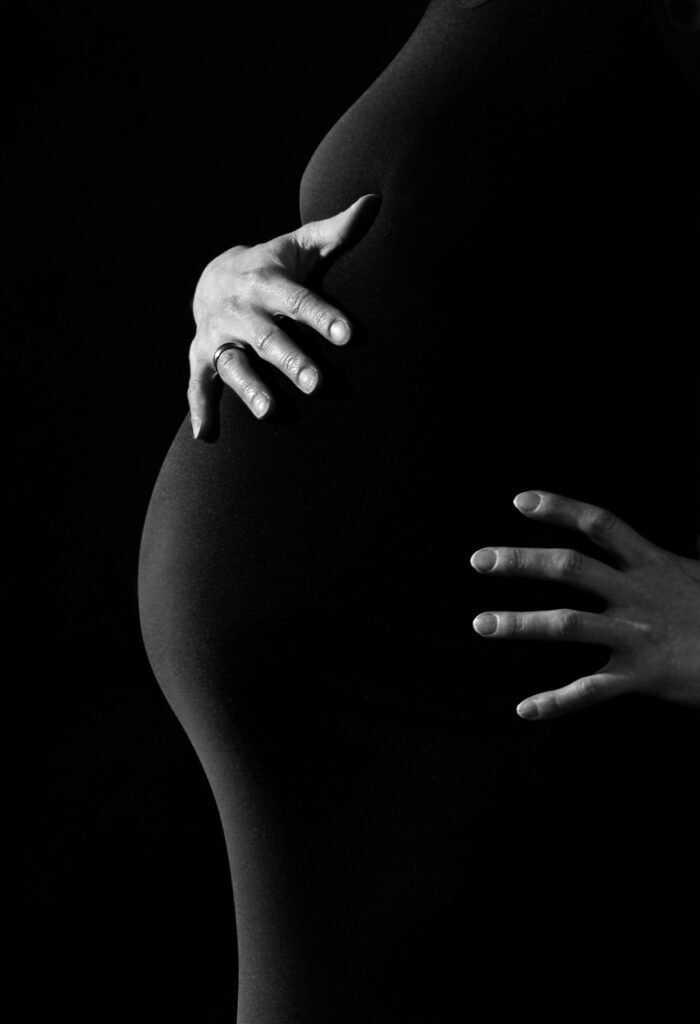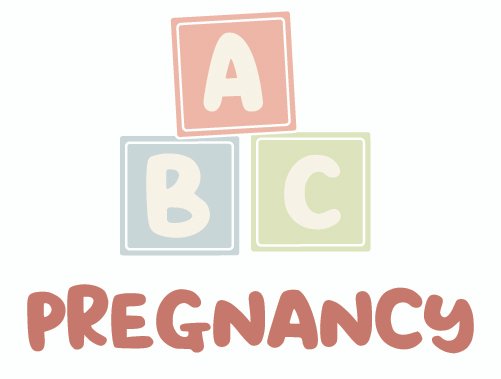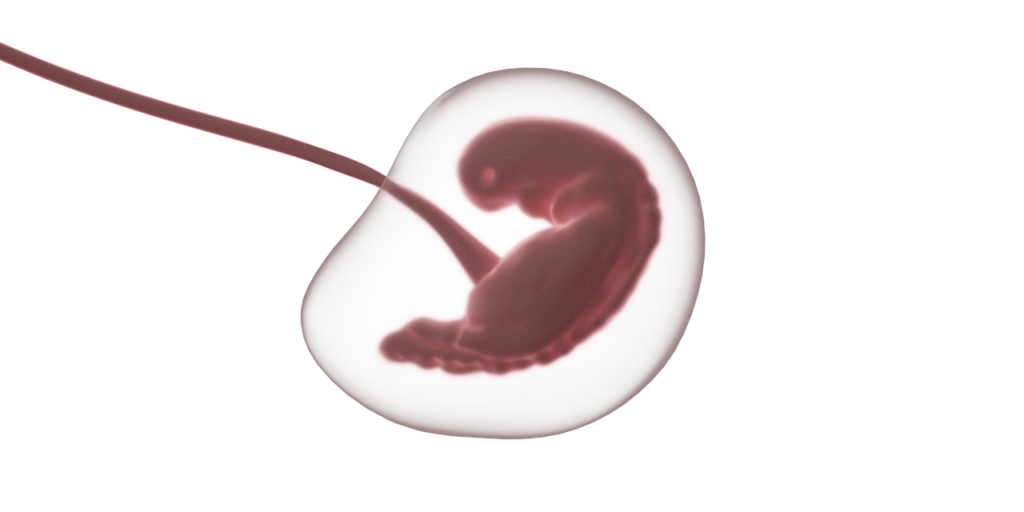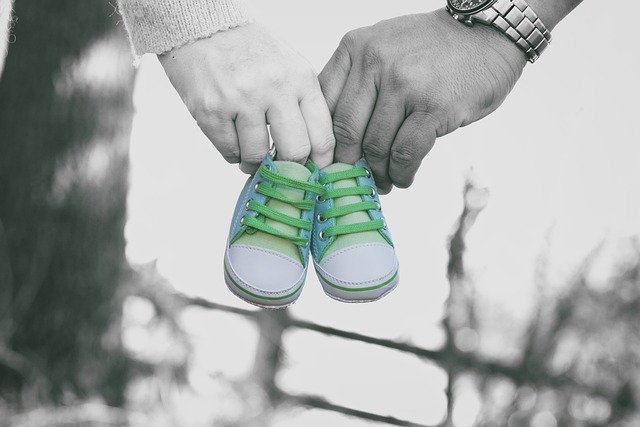Pregnancy Week by Week
This is not medical advice. Please consult a physician about any of your pregnancy questions and concerns.
Every week of pregnancy brings new and interesting changes in your body and your child’s development. Just when you thought you had the process down, something changes!
In this article, we’ll outline the key developments and changes that occur during each week of pregnancy, from conception to delivery.

Weeks 1-4: Conception and Implantation
Week 1 marks the beginning of pregnancy, starting from the first day of the woman’s last menstrual period. Despite not being pregnant yet, this week is crucial for calculating the due date. By week 2, ovulation occurs, and conception may take place if the sperm fertilizes the egg. The fertilized egg, known as a zygote, undergoes rapid cell division as it travels down the fallopian tube towards the uterus. By the end of week 4, the zygote implants itself into the uterine lining, initiating the process of embryonic development.
Weeks 5-8: Embryonic Development
By the fifth week of pregnancy, the embryo begins to take shape as distinct layers of cells form the foundation for future organs and tissues. The neural tube, which will eventually develop into the brain and spinal cord, starts to close, and the heart begins to beat, albeit faintly.
As the weeks progress, the embryo undergoes rapid growth and development, with essential organs and structures taking form. By the end of the eighth week, the embryo is referred to as a fetus, and all major organ systems are present, though they are not yet fully developed.
Expectant mothers may experience a range of symptoms during these weeks, including morning sickness, frequent urination, mood swings, and heightened sensitivity to smells. These are the clues that may tell you it’s time for a pregnancy test, if you haven’t already.
Weeks 9-12: Fetal Growth and Maturation
During the ninth to twelfth weeks of pregnancy, the fetus experiences a period of rapid growth and development. Facial features become more defined, and limb movements become more coordinated. External genitalia begin to differentiate, though it may not yet be visible on ultrasound.
Meanwhile, expectant mothers may notice changes in their bodies as pregnancy progresses. The uterus continues to expand, causing the abdomen to protrude slightly. Some women may experience relief from early pregnancy symptoms such as nausea and fatigue, while others may continue to experience these symptoms throughout the first trimester.
Weeks 13-16: Second Trimester Begins
As the second trimester begins, many expectant mothers experience a newfound sense of energy and well-being, often referred to as the “honeymoon phase” of pregnancy. Nausea and fatigue may diminish, and appetite may increase as the body adjusts to the demands of pregnancy.
During these weeks, the fetus undergoes significant growth and development, with facial features becoming more distinct, and bones and muscles strengthening. The fetus may begin to move and kick, though these movements may not yet be felt by the mother.
Expectant mothers may undergo routine prenatal screening tests during the second trimester to assess the health and development of the fetus, including ultrasound scans, blood tests, and genetic screenings.
Weeks 17-20: Maternal Changes and Fetal Growth
By the seventeenth to twentieth weeks of pregnancy, many expectant mothers begin to feel the first flutters of fetal movement, known as “quickening.” These subtle movements may feel like gentle taps or butterflies in the abdomen and are often a source of excitement and reassurance for expectant parents.
Meanwhile, the fetus continues to grow and develop, with the ability to hear and respond to external stimuli such as sound and light. Facial expressions become more expressive, and fingerprints and footprints begin to form.
Expectant mothers may undergo a mid-pregnancy anatomy scan around the twentieth week of pregnancy to assess the fetal anatomy and identify any potential abnormalities or concerns.
Weeks 21-24: Viability Milestone
As the second trimester progresses, the fetus approaches the stage of viability, meaning that it has a chance of survival outside the womb with medical intervention. While the chances of survival increase with each passing week, the fetus is still considered premature and may require intensive medical care if born prematurely.
During these weeks, expectant mothers may notice changes in their bodies as the uterus continues to expand to accommodate the growing fetus. Some women may experience discomfort or pain in the abdomen, pelvis, or back as the ligaments and muscles stretch to accommodate the growing baby.
Weeks 25-28: Third Trimester Begins
As the third trimester begins, the countdown to childbirth begins in earnest, with expectant parents eagerly preparing for the arrival of their baby. The fetus continues to grow and develop, with rapid brain development and increased activity in the womb.
Meanwhile, expectant mothers may experience a range of physical symptoms as pregnancy progresses, including heartburn, indigestion, leg cramps, and difficulty sleeping. It is essential for expectant mothers to prioritize self-care and rest during the third trimester to support their health and well-being.
During the twenty-ninth to thirty-second weeks of pregnancy, the fetus undergoes significant growth and development, with increasing fat deposition and muscle tone. The fetus may adopt a head-down position in preparation for childbirth, though some babies may remain in a breech or transverse position until later in pregnancy.
Meanwhile, expectant mothers may begin to prepare for childbirth by attending prenatal classes, creating a birth plan, and making arrangements for labor and delivery. It is essential for expectant parents to discuss their preferences and concerns with their healthcare provider and birth team to ensure a positive and empowering birth experience.
Weeks 33-36: Final Preparations
As the due date approaches, expectant parents make final preparations for the arrival of their baby, including setting up the nursery, purchasing baby supplies, and packing a hospital bag. It is essential for expectant mothers to stay vigilant for signs of preterm labor, such as regular contractions, abdominal pain, vaginal bleeding, or fluid leakage, and to seek medical attention if any concerning symptoms arise.
During these final weeks of pregnancy, the fetus continues to grow and develop, with increasing weight gain and maturation of organ systems. The fetus may settle into the pelvis in preparation for childbirth, leading to increased pressure on the bladder and pelvis for the mother.
Weeks 37-40: Full Term and Birth
Weeks 37 to 40 mark full term, and the baby is considered ready for delivery. The mother may experience signs of impending labor, such as Braxton Hicks contractions, the release of the mucus plug, and the onset of nesting instincts. The baby may settle even lower into the pelvis in preparation for birth, a process known as “lightening.” Labor can begin at any time during this period, and the mother should be prepared to go to the hospital or birthing center when contractions become regular and intense.
Conclusion:
By staying informed, taking care of their bodies, and seeking support when needed, expectant parents canexperience pregnancy with confidence, resilience, and joy, embracing the act of bringing new life into the world.


